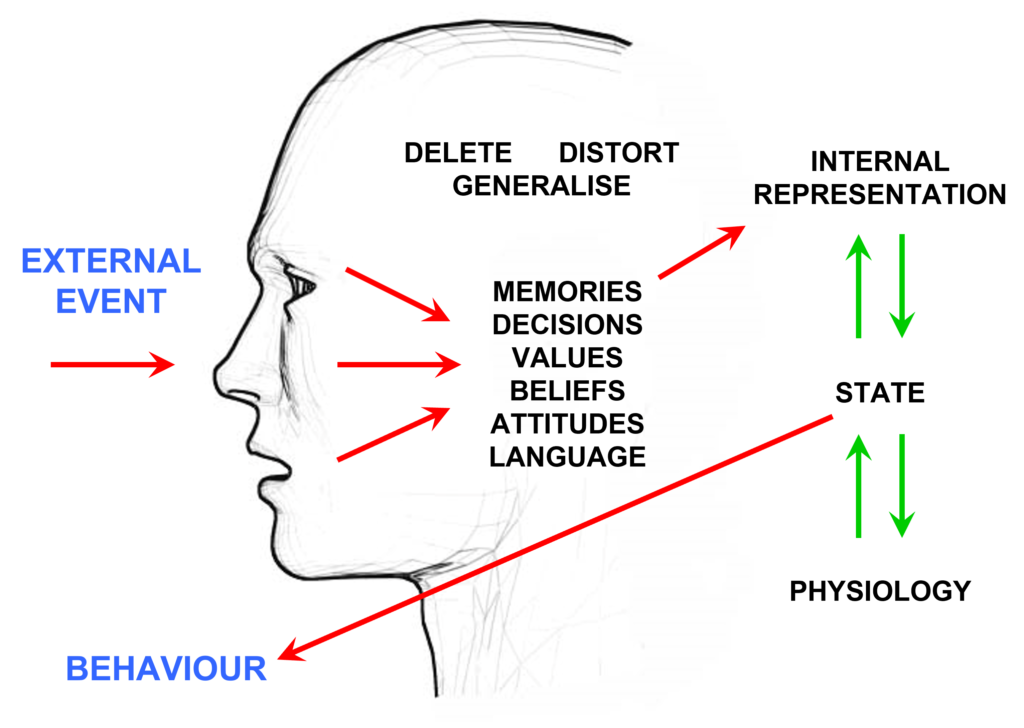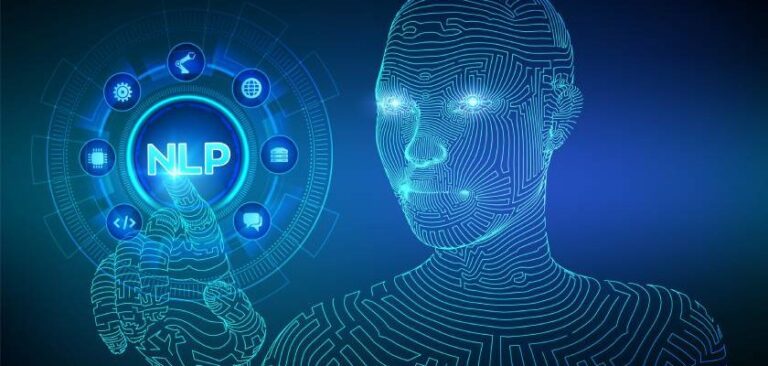Neuro Linguistic Programming has become widely recognised as a valuable coaching tool – an effective instigator of change that sits well alongside conventional coaching models.
A constantly evolving science, NLP continues to expand with new techniques being developed by its practitioners. Amongst these, John Grinder (co-developer with Richard Bandler of classic NLP) has created ‘New Code NLP’, which addresses coding flaws in the original development of NLP. For example, powerful resource states can be created using a New Code method of carrying out a task that fully employs both the conscious and unconscious minds, resulting in an empowering high-performance state that has no past experiences attached. From this place, anything is possible!
Lets tackle one aspect of NLP – Filters in our brain or as we call it “Presuppositions of NLP”.

Conscious & Unconscious Mind
The only way that we can take in the world that is going on around us is through our five senses, however if we tried to absorb everything that is going on around us all the time, it would be more than our conscious minds can handle. Your conscious mind can only process 7 ± 2 things at a time, in other words a maximum of 9. More than that, and it gets overloaded and forgets or overlooks things. However, your unconscious mind makes 2 million neural connections a second; this is your ‘power house’. When you hear it said that we only use 5% of our brains, this is a reference to the very limited conscious mind. The remaining 95% is our unconscious mind.
To protect the conscious mind from overload, everyone has a set of ‘filters’, made up of such things as memories, decisions, values, beliefs, attitudes, language and a lot more. These filters are created by our experiences as we progress through life and because everyone’s experience of life is different, everyone’s filters are unique to them.
The role of the filters is to delete, distort or generalise information coming in, in order to make sense of it. The information then becomes an ‘internal representation’ – in other words, it is re-presented internally as a thought. Attached to the thought is a state of mind, so it may be a happy thought, a sad thought, an angry thought, etc. And allied to the state of mind is the physiology, or body language.
Click to read more details about NLP: Presuppositions of NLP

Do you need help about NLP?
Whether you’re just getting started with NLP or you’re an experienced practitioner, I’m here to help. You can ask me anything related to NLP
